When I first entered Tate Britain’s Rachel Whiteread retrospective, I was taken aback, for the wrong reasons. The galleries, emptied of the usual wall divides, were punctuated by large hunks of concrete and smaller objects scattered like junk-yard detritus. The sheer scale of some of the pieces – notably Room 101, a cast of a room in the BBC’s Broadcasting House that allegedly inspired George Orwell’s eponymous torture chamber – was enough to make the vast space feel pokey, and the display struck me, at first glance, as cluttered and haphazard.
Closer inspection paid off. As you explore this superb if occasionally frustrating show, it becomes clear that this is, in fact, a rather radical piece of exhibition-making by the Tate. Where normally the museum would steward the visitor along with explanatory notes stencilled on the walls, here there is nothing but the title and dates of individual works, and the forms themselves. For an artist who has never been anything less than serious in her work and never played to the crowd, this is a brave approach.
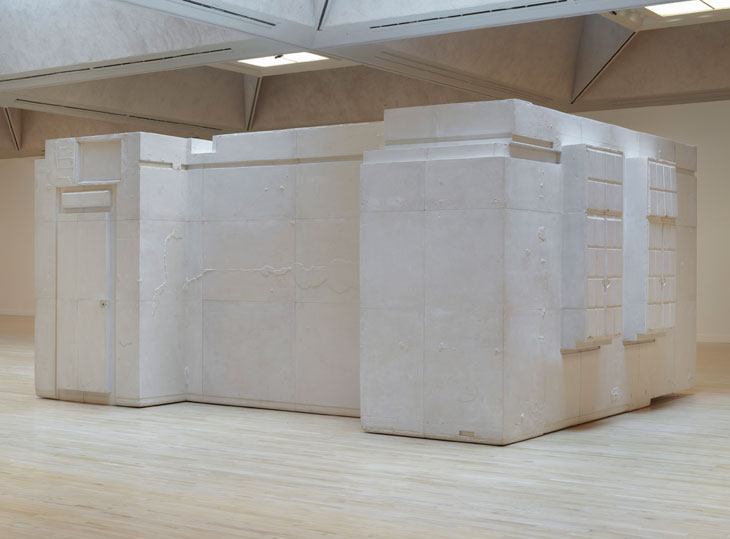
Untitled (Room 101) (2003), Rachel Whiteread. © Rachel Whiteread. Photo: © Tate
Whiteread is only the second British artist of her generation to be granted such a major ‘mid-career’ Tate retrospective. When the museum outpost staged its Damien Hirst survey – a very different sort of show – in 2012, it felt decidedly and inappropriately historical. This exhibition, however, freely mixes Whiteread’s formative experiments with ‘negative space’ from the late 1980s, with works pretty much fresh out of her studio. According to the curators, this is to encourage visitors to see the ‘conversation’ between her projects of the last 30 years, though one suspects that they are also, in some sense, pre-empting accusations that Whiteread has spent much of that time riffing off a single idea.
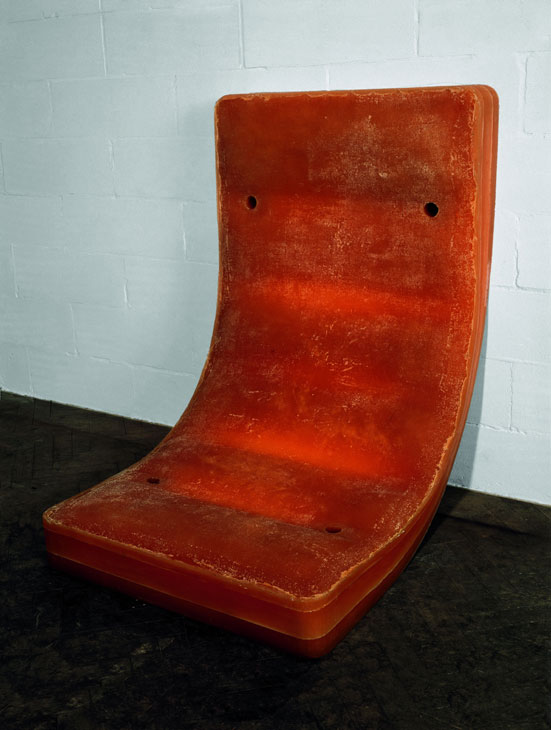
Untitled (Amber Bed) (1991), Rachel Whiteread. © Rachel Whiteread. Photo: courtesy the artist
This criticism has unfairly dogged her ever since she rose to prominence in the early 1990s. While many of her contemporaries seem to adopt and abandon stylistic traits as frequently as they change their underwear, Whiteread has quietly yet spectacularly continued to explore the same processes with which she made her name. You only need look at the archive material on display in the exhibition foyer to realise quite how much variety she has been able to wring from them.
Whiteread has cast everything from a soft drink can, to an industrial water tower in New York, to a Norfolk chicken coop (the latter is the most recent work at the Tate, on display just outside the main entrance). Such bloody-minded stylistic focus could easily become dull but, in Whiteread’s case, her experimentation with different materials and sheer delight in the physical substance of commonplace objects makes for a gorgeous display. With Untitled (Airbed II) (1992), a cast of an inflatable mattress in polyurethane rubber, the creases left by the straining material create a comically grotesque effect, akin to a tight T-shirt struggling to contain a heaving paunch. A vitrine containing a series of hot water bottles rendered in substances including dental plaster, wax and resin could almost be an inversion of Jeff Koons’ product-fetishising works of the 1980s. Isolated, they are a picture of formal perfection, an array of pillowy shapes with surfaces so lustrous you want to stroke them. Some recent works made with papier-mâché are mottled with flecks of bright colour, looking for all the world like Jackson Pollock cast-offs.
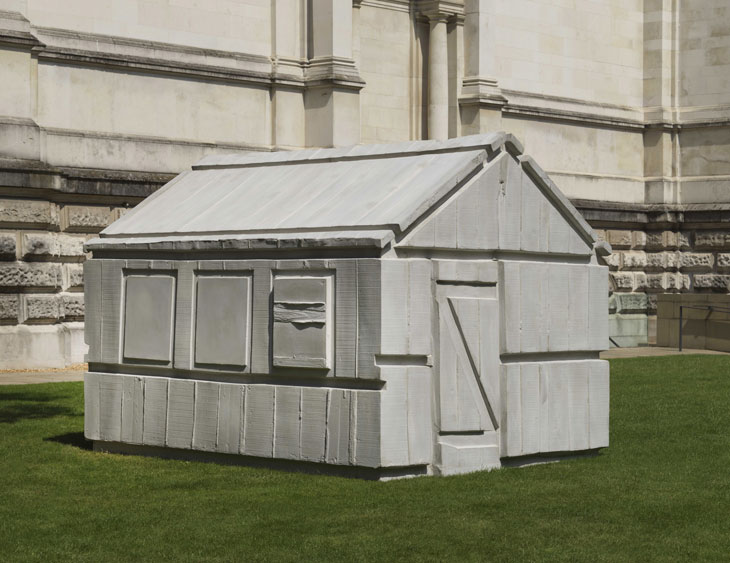
Chicken Shed (2017), Rachel Whiteread. © Rachel Whiteread. Photo: © Tate
There are some complaints. The more monumental works – the aforementioned Room 101 and a monolithic cast of a stairwell – feel curiously inert by comparison to the smaller pieces. There are also some profound and unignorable absences here. Whiteread’s Holocaust Memorial in Vienna, a staggering, solemn design that subverts Albert Speer’s theory of the ‘power of ruins’, was obviously never going to make it out of Austria; as with her wonderful commission for Trafalgar Square’s vacant Fourth Plinth, it is represented by a small architectural model. Ghost, the cast of a room in a north London flat with which she made her name in 1990, has not made the journey to Tate Britain. Neither has her spooky and somewhat atypical Place (Village), a ‘community’ of dolls houses illuminated from their interiors.
Also absent, of course, is House – the cast of an entire terraced house in Bow that ignited a furious cultural debate and won Whiteread the Turner Prize in 1993. It was demolished, controversially, by Tower Hamlets council the following year: here, it is represented by some grainy footage in the exhibition foyer. It’s extraordinary how distant the early 1990s now seem. The artist has, quite rightly, described House as a game-changer for British contemporary art: in the gallery, it casts a spectral shadow over an exhibition that does so much to make absence visible.
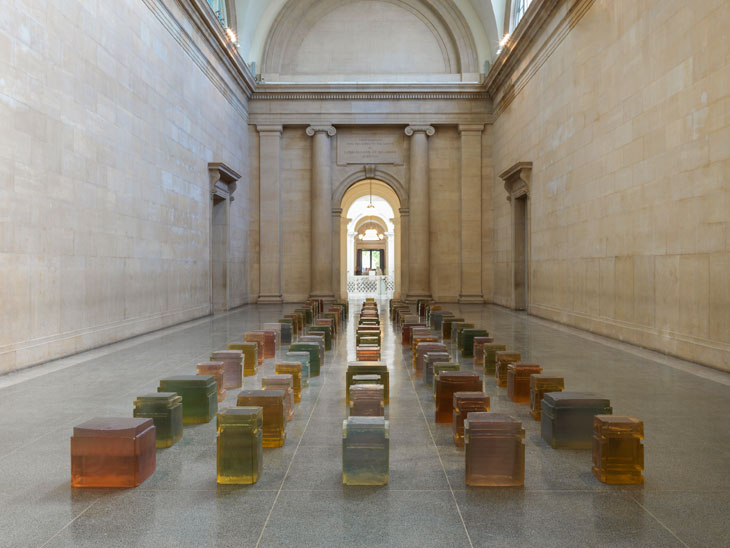
Untitled (One Hundred Spaces) (1995), Rachel Whiteread. © Rachel Whiteread. Photo: © Tate (Seraphina Neville and Andrew Dunkley)
A good portion of the Tate’s Duveen Galleries is taken up by the artist’s Untitled (One Hundred Spaces) series from 1995. Its colourful component pieces are arranged over the floor like so much cheap translucent jewellery. Whiteread created them by making resin casts of the recesses under a hundred chairs in various styles – plastic classroom seats, rustic armchairs, even a few of those overdesigned Philippe Starck numbers that were so coveted back then. It takes a while for it to sink in, but you are looking at quarter century-old dead air. This, I think, is the power and the poetry of Whiteread’s work; her ongoing record of what was not there, becomes incrementally more thought-provoking with the passage of time. Hers is a body of work that will survive long after other, supposedly more versatile reputations have been erased from history.
‘Rachel Whiteread’ is at Tate Britain, London, until 21 January 2018.
Unlimited access from just $16 every 3 months
Subscribe to get unlimited and exclusive access to the top art stories, interviews and exhibition reviews.

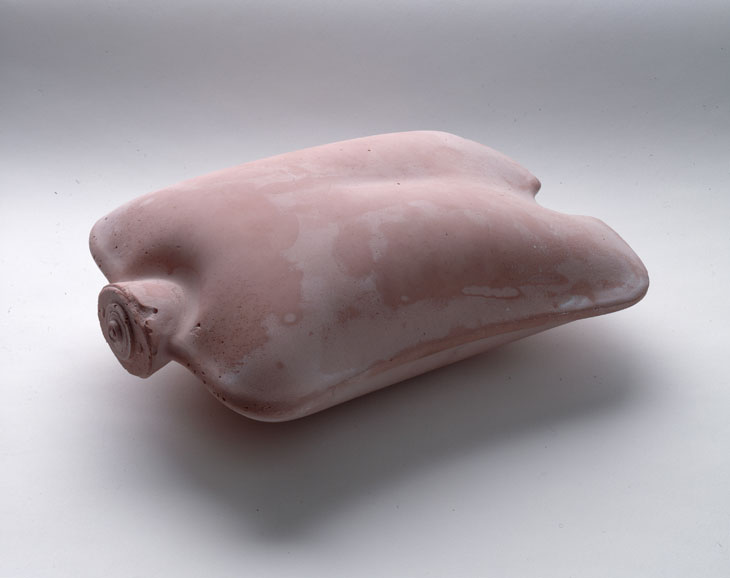
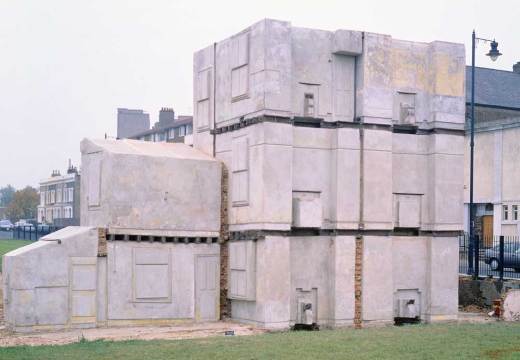
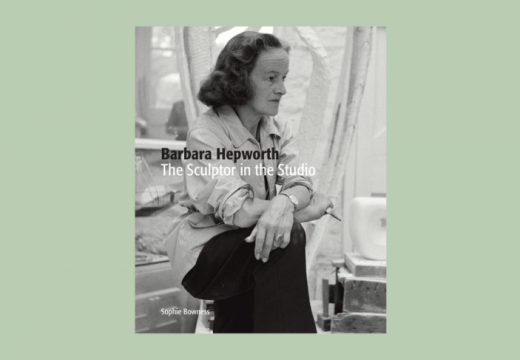
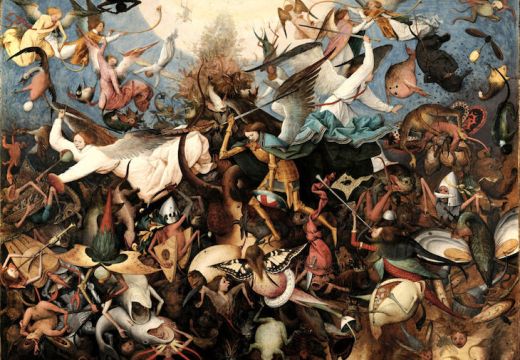









![Masterpiece [Re]discovery 2022. Photo: Ben Fisher Photography, courtesy of Masterpiece London](http://www.apollo-magazine.com/wp-content/uploads/2022/07/MPL2022_4263.jpg)
Why are fathers so absent from art history?